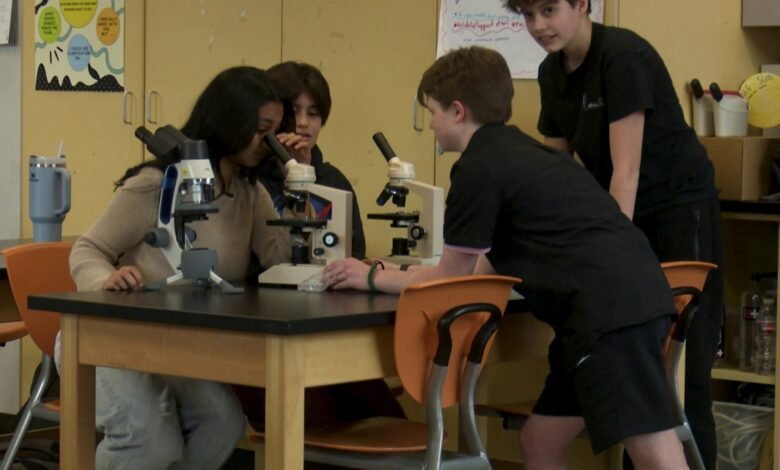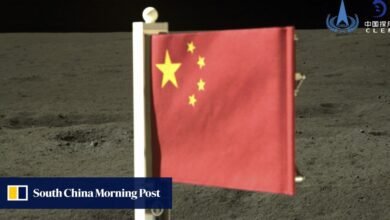Open Window School students take part in the NASA TechRise Challenge

Eleven students from Open Window School in Bellevue will conduct a science experiment in space as part of a NASA program.
BELLEVUE, Wash. — A group of high school students from Bellevue’s Open Window School are busy preparing to send various experiments into space, all thanks to NASA’s TechRise Student Challenge.
Trudi Hoogenboom is a planetary scientist and teaches science at school. She said the 11 students in this project are not part of a formal group or class, so she is helping to coordinate and supervise the project.
Hoogenboom said the students brainstormed different experiments they would like to do in space and then came up with a proposal. Their project is one of 60 winners in the country, so now they receive $1,500 to create the tests.
“I think NASA TechRise is one of the greatest science competitions you can participate in as a kid,” she said. “This gives you the ability to design your own experiments. Think, dream about whatever you want. Build the instrument and fly it in a stratospheric balloon or rocket. Then land it and get the data to do real science.”
These students will take seven different tests. They have a small box where they are welding all the necessary tools and instruments that will be launched into space. Sixth-grader Asher Cook used AI software to design a 3D model of the box before another student physically built and attached all the pieces.
The different tests include sending sleeping tardigrades (microscopic creatures that can withstand most circumstances) into space and then comparing them to control tardigrades on Earth to see if there is a better survival rate here, as well as launching a Geiger pocket to test radiation levels on Earth versus space.
Sixth grader Zoe Fulay said she can’t believe they are getting an opportunity like this.
“Obviously very proud and excited and at the same time nervous because we work so hard and we don’t want something to go wrong and everything not work out,” she said.
The students will finalize and present their final project to NASA in mid-May, and then the instruments are expected to be launched into space this summer. Once this is complete, they can run their tests and analyze the data.




